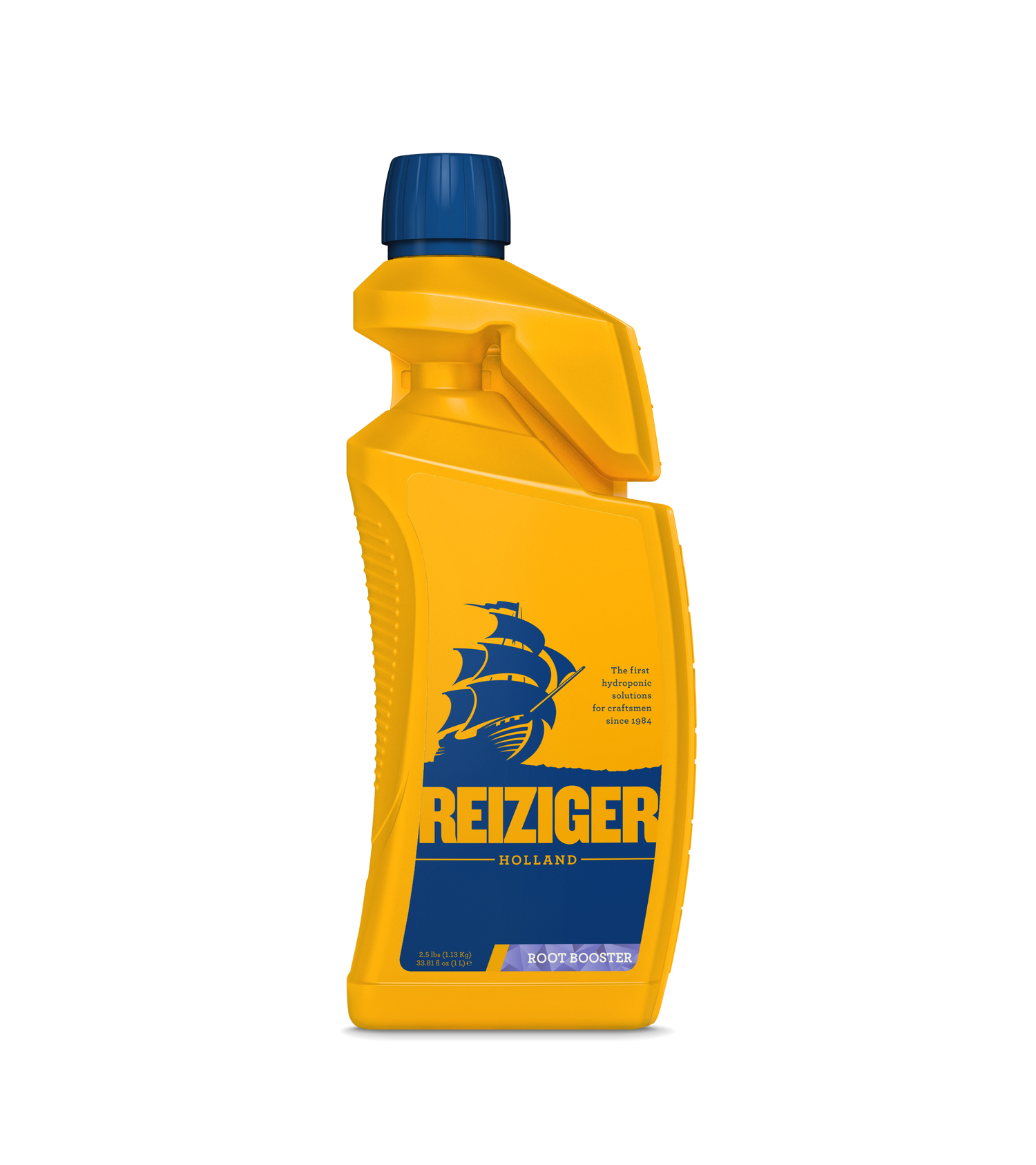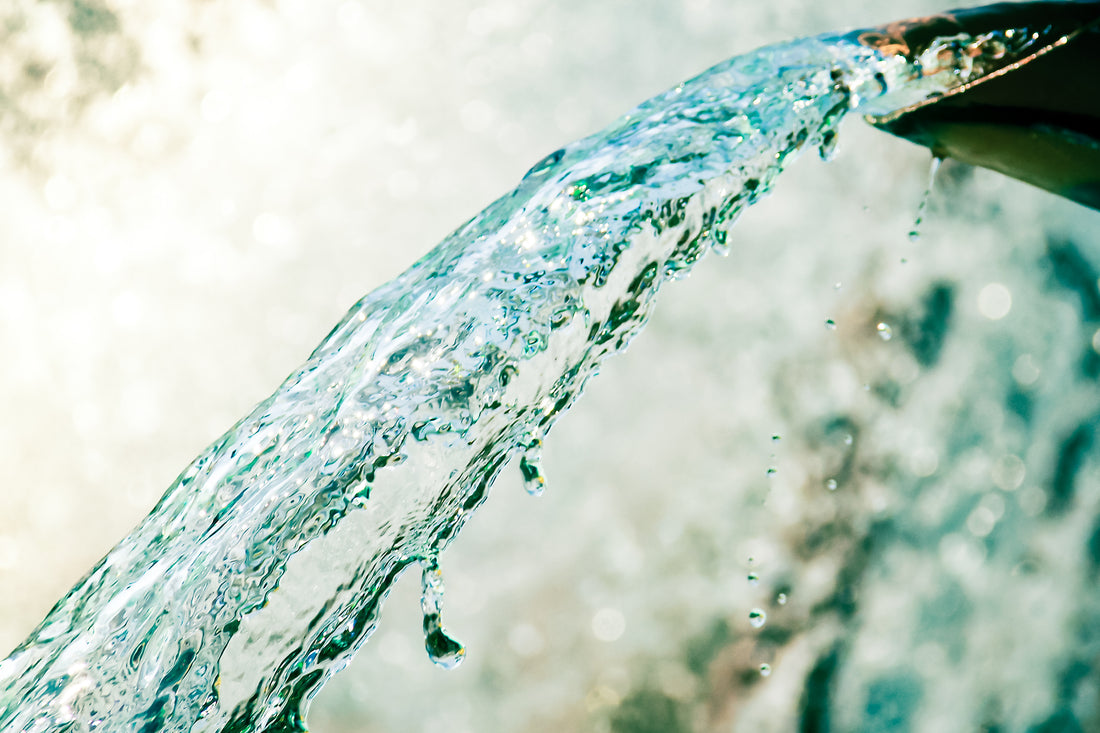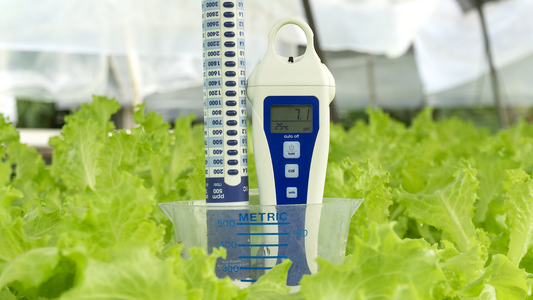Introduction: Around the world, growers frequently ask about the difference between hard water and soft water and how these variations impact plant nutrition. Understanding water hardness and its implications can help you make informed decisions for a healthier, more productive garden.
What is Water Hardness? According to the U.S. Geological Survey (USGS), water with 60 mg/L or less of certain ions is classified as soft, while water with over 120 mg/L is hard. The primary difference between hard and soft water lies in the concentration of multivalent metallic ions, like calcium (Ca) and magnesium (Mg), which affect how water interacts with other substances.
Hard water typically comes from groundwater sources exposed to mineral-rich rocks, while soft water originates from surface sources or treated water with most ions removed. These characteristics influence water's chemical reactivity, cleaning efficacy, and impact on both plants and equipment.
Effects of Hard and Soft Water on Plants
- Hard Water: Hard water is often healthier due to its mineral content but can be problematic for equipment and pH stability. It’s commonly sourced from wells and contains minerals from prolonged exposure to rock. However, the high calcium and magnesium levels can lead to insoluble deposits in growing systems, reducing flow and clogging equipment over time.
- Soft Water: Soft water, sourced from rivers or treated systems, creates a "blank slate" chemically but may lack essential minerals. It foams better with soap and has fewer issues with equipment buildup. However, research suggests soft water may correlate with certain health risks and is not ideal for recirculating systems due to its low buffering capacity.
Key Problematic Ions in Bad Water Bad water contains undesirable chemicals or salts from industrial, agricultural, or saline sources. This does not necessarily correlate with hardness but can still be harmful to plants. It’s essential to differentiate between hardness, which relates to multivalent ions (Ca²⁺, Mg²⁺), and overall salinity, as even soft water can be high in harmful salts.
Why TDS and EC Don’t Indicate Hardness While TDS (Total Dissolved Solids) and EC (Electrical Conductivity) measure overall ion concentration, they don't specify water hardness unless the ions are specifically Ca or Mg. Water softeners often replace these ions with sodium (Na⁺), maintaining EC levels but shifting the water from hard to soft – a process that can be detrimental for plants.
Water’s Impact on Nutrients for Plants For growers, one of the most significant effects of hard water is its tendency to form insoluble deposits of calcium and magnesium carbonates. This issue worsens as water is pumped and heated in a growing system, leading to buildup in pumps and pipes and causing reduced flows or blockages.
How Hard Water Affects pH and Nutrient Lockout Higher levels of calcium and magnesium in hard water can interfere with other nutrients like potassium and phosphorus, reducing their availability to plants. As hardness increases, more acid is often required to maintain an optimal pH, especially in systems with carbonate-rich water. This can lead to nutrient lockout and pH drift, impacting plant health.
Commercial Solutions for Managing Water Hardness There are several methods for addressing hard or soft water:
- Water Softeners: Softening water by adding sodium ions can help with laundry and bathing but is unsuitable for plants. High sodium levels can disrupt plant nutrient uptake, especially in sensitive crops.
- Reverse Osmosis (RO): RO systems filter out calcium, magnesium, and other elements, effectively lowering hardness and TDS. While RO water is ideal for recirculating systems, it's costly to install and maintain. Pure RO water may not be necessary unless dealing with extremely hard water.
Tailoring Nutrients to Water Conditions Quality nutrient brands account for water hardness in their formulations. Potting mixes generally have higher buffering capacities and don’t require recirculation, which helps prevent calcium and magnesium deposits. In contrast, recirculating systems with inert media need softer water or precise nutrient formulations to manage pH and avoid buildup.
For Run-to-Waste systems, where nutrient solution is not reused, adjusting the pH after mixing and using nutrients designed for hard or soft water can maintain consistency in nutrient availability. Brands with tailored hard and soft water formulations allow growers to match nutrient ratios to their specific water source.
The Importance of Testing Water Quality Understanding water quality involves more than just TDS or EC levels; it's essential to consider ion composition and the interactions these have with nutrients and growing media. Testing your water source ensures you’re using the correct nutrient formulations to promote optimal growth.
Final Thoughts Knowing the characteristics of your water source – hard or soft – is crucial for maintaining a balanced growing environment. By selecting nutrients designed for your water type and monitoring pH and EC levels, you can prevent nutrient lockout, reduce equipment maintenance, and support healthier plant growth. Remember, testing your water is the first step toward understanding and optimizing your grow.
Frequently Asked Questions
- What’s the difference between hard and soft water? Hard water contains higher levels of calcium and magnesium, while soft water has fewer multivalent ions and may have been treated to remove minerals.
- How does hard water impact plant health? Hard water can cause nutrient lockout and deposit buildup in hydroponic systems, reducing nutrient availability and blocking equipment over time.
- Should I use soft water in recirculating systems? Soft water is generally better for recirculating systems, especially with inert media, as it avoids the buildup issues common with hard water.





